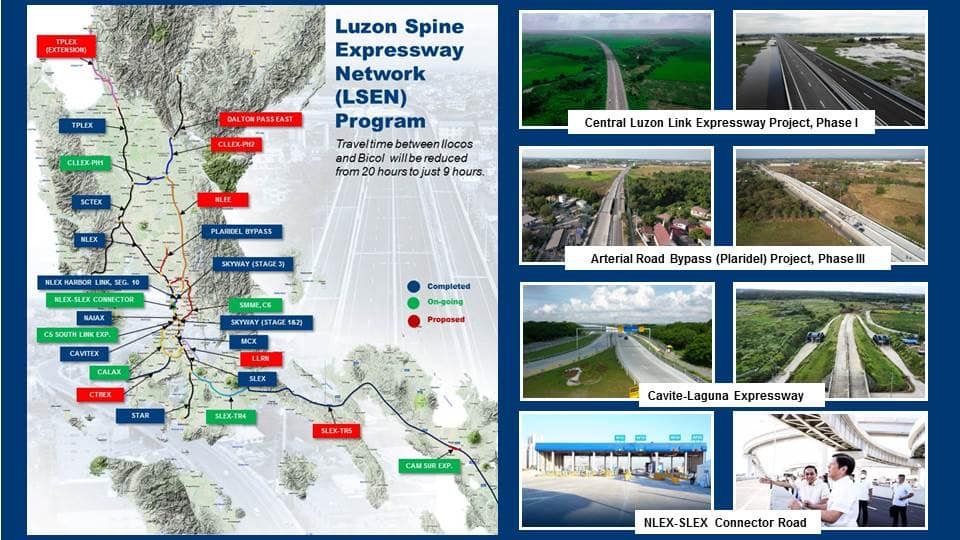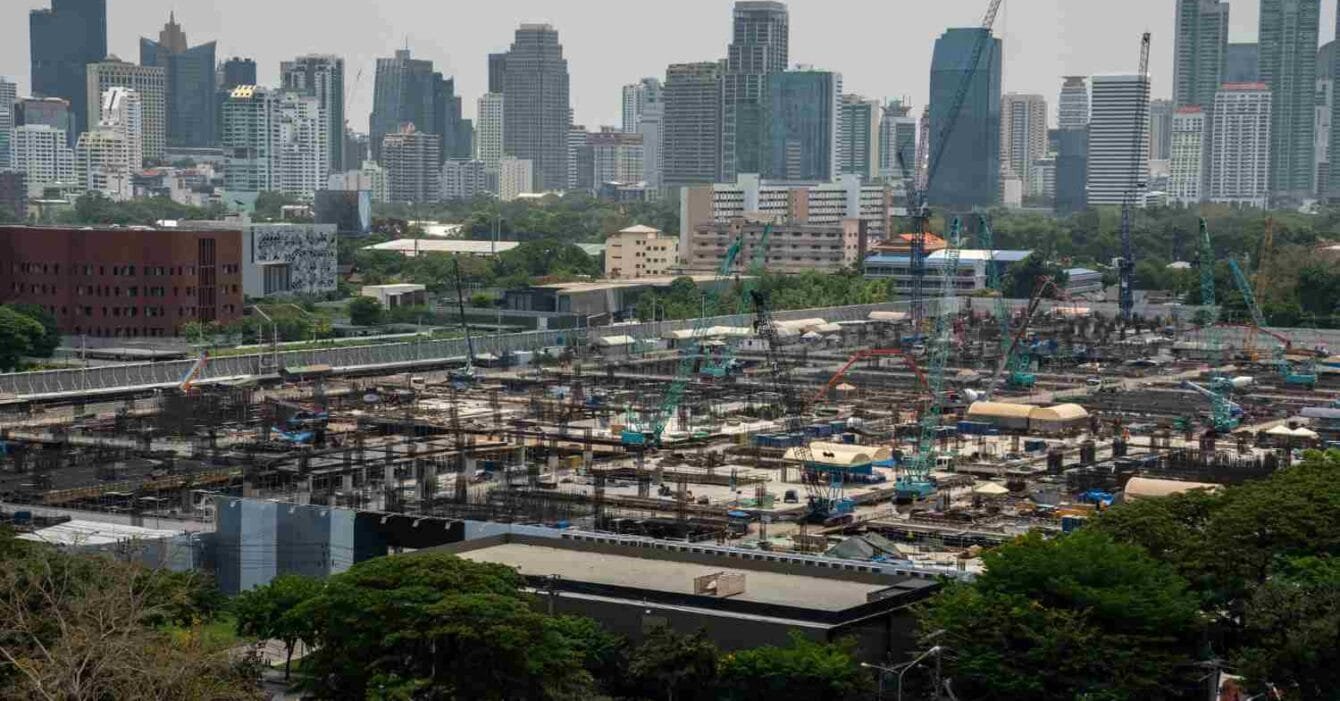The Philippines is in the middle of a massive infrastructure transformation. As of April 2024, the Philippines Infrastructure Development Plans have rolled out 185 flagship projects under the Build Better More program. Of these, 134 projects focus on physical connectivity, including roads, railways, ports, and airports—laying the foundation for a better-connected and more competitive economy. The total price tag? 9.6 trillion pesos.
This is not just planning, but instead an active, on-the-ground work. In 2024 alone, the government spent 1.3 trillion pesos on infrastructure and capital outlays, a 10% increase from the previous year. That marks another step in a steady rise in infrastructure spending, which once averaged just 2.9% of GDP annually, and now targets as high as 7.4%.

Philippines Infrastructure Development Plans: Connectivity Projects Driving Economic Impact
One of the most ambitious undertakings is the North-South Commuter Railway (NSCR) Phase 1. Backed by a $5.4 billion investment, it aims to cut travel time from Malolos to Tutuban by 30 minutes, easing congestion in Metro Manila and boosting mobility in Luzon.
Equally transformative is the Manila International Airport (MIA) expansion. With $3 billion in funding, the project is set to increase annual passenger capacity to 100 million by 2028, positioning Manila as a major regional air hub. This is crucial for a country reliant on tourism and trade.
Looking beyond roads and rails, the government is also embracing sustainable solutions. The upcoming MAPALLA Ferry System that is expected to be approved by mid-2025 will introduce 40 electric ferries and 32 stations across Metro Manila’s waterways. This eco-friendly transit network will ease pressure on road systems and provide faster, cleaner commutes for urban residents.
A Comprehensive, Forward-Thinking Strategy
The medium-term Public Investment Program (PIP) outlines 3,770 infrastructure projects worth 17.3 trillion pesos, with 198 high-impact projects already approved. These include roads, digital infrastructure, water supply, flood control, and more—spanning both urban and rural areas.
The government’s approach also reflects a strong push for public-private collaboration. Of the current flagship project funding mix:
52% comes from Official Development Assistance (ODA)
26% is driven by Public-Private Partnerships (PPPs)
The rest comes from national government and hybrid funding models
This blend of funding sources reflects a modern, diversified approach to long-term infrastructure planning.
Digital Infrastructure: The Backbone of a Modern Economy
While physical infrastructure dominates headlines, the Philippines is also making significant strides in digital connectivity, a critical enabler for e-commerce, remote work, and smart cities. The National Fiber Backbone Project, backed by a $1.5 billion investment, aims to deploy 28,000 km of fiber-optic cables across the country by 2026. This will provide high-speed internet access to underserved regions, bridging the digital divide and supporting the growing demand for cloud services and digital banking.
Philippines Infrastructure Development Plans: A Blueprint for the Future
The Philippines infrastructure development plans are more than just construction. They focus on nation-building, economic resilience, and future-readiness. Whether through a faster rail connection, a larger airport, or an electric ferry system, these projects aim to make everyday life more connected, efficient, and sustainable. With trillions of pesos in investments, hundreds of active projects, and a clear vision for progress, the Philippines is building a smarter, greener, and more connected future.

